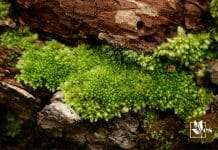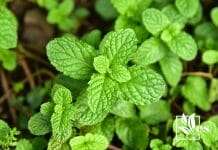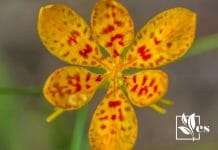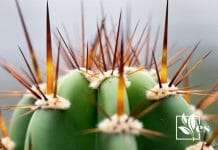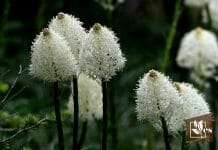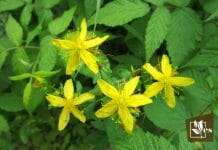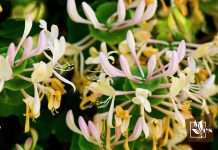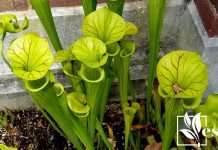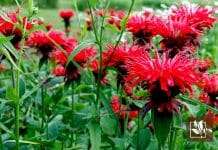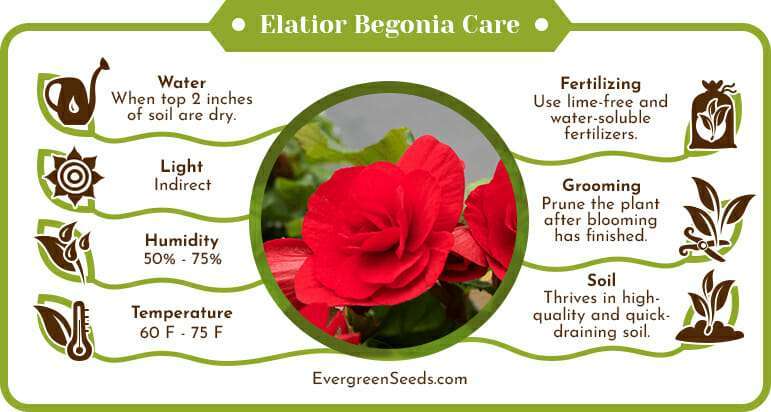 The Elatior Begonia of the Begoniaceae family is popular for its brilliant flowers and its fancy foliage that gives beauty to any home.
The Elatior Begonia of the Begoniaceae family is popular for its brilliant flowers and its fancy foliage that gives beauty to any home.
This Begonia genus plant is very easy to grow and would flourish as long as you give it the optimum environment to thrive in. Want to know more about the Elatior Begonia flower plant?
This article will talk about how to successfully grow a Begonia Elatior so you can enjoy its beauty in your home! If you are a begonia fun, then we highly suggest checking out the rarest begonias out there!
JUMP TO TOPIC
Elatior Begonia Care
Now that you know more about these plants, what are the steps you should take in caring for them well?
Whether you already have Elatior Begonia plants or plan to have them in your home soon, consider these points:
 Light Requirements
Light Requirements
The Elatior Begonia will thrive well under indirect sun and even partial shade. Avoid placing your plant in south-facing windows that have bright and direct sunlight. For those who live in subtropical areas, you can plant them outdoors, though they won’t grow well when under direct sunlight. It’s also best to place them somewhere where it isn’t too windy.

It’s best to breed these plants as a houseplant during their earlier growth stages. Move it outdoors around 10-12 weeks before your area’s last frost date.
 Water Requirements
Water Requirements
When watering these plants, you need to water them enough so they won’t dry out between waterings. You will know if your plants need water by sticking your finger in the plant’s soil. If the top 2 inches are dry, you need to water them. If it isn’t dry yet, wait for 1-2 days before checking again and watering.
Water your plant fully and allow excess water to drain through the pot’s draining holes under your pot. The soil should be damp but never wet or completely dry. They like moisture, which is why it’s best to have one layer of mulch over your plant’s soil. You can use bark mulch, which can prepare the plant’s growing medium to maintain soil moisture, prevent root rot, and protect your plant from weed invasion.

Furthermore, the Elatior Begonia doesn’t have a tolerance to wetness on the leaves, so do not splash them as you water.
Remember that it is easy to overwater your plant during winter, since the plant won’t absorb much water nor will the soil dry out as easily.
 Soil Requirements
Soil Requirements
Fortunately, caring for this plant is pretty straightforward. It thrives in high-quality and quick-draining soil. Its pH levels should be neutral, mixing two parts of soil and one part perlite. This mix works well with most indoor plants for its anchoring roots, drainage, and feeding.
There are other recommended mixes, such as equal parts of peat moss and vermiculite at 50:50 ratio, or 2 cups peat moss, one cup perlite, and one cup vermiculite.
 Temperature and Humidity Requirements
Temperature and Humidity Requirements
Just like most of the plants in the Begonia family, the Elatior Begonia prefers indoor temperatures that range between 60-75 degrees F. While they can tolerate higher temperatures, they should be protected from direct sunlight. If the temperature goes below what’s recommended, the Elatior Begonia leaves and flowers would die. If it goes over the recommended temperature, then the buds or flowers would start dropping.
Also, they aren’t frost intolerant and don’t like being exposed to the elements like the wind. This plant likes fresh air, so place it somewhere where it can get air movement, but only a gentle breeze rather than strong drafts. You may place it in an area that has a ceiling fan or flow fan, though the airflow shouldn’t point to the plant. Fresh air would prevent mildew, a common problem with the plant.
If you live in USDA zones 2-8, there’s a chance of overwintering your plant. When it starts to get too cold outside, move your plant indoors then replant it once the growing season returns so it has the optimum growing environment for excellent cell rejuvenation. Place it in an area that would remain dark even come nighttime, since your plant will want to mutate to longer nights and shorter days. Never expose it to illumination from the lights outside, or your own grow lights at night.
As for humidity, they would thrive in higher humidity levels, being tropical and subtropical plants. You can maintain its humidity by misting your plants periodically, though when doing this, you have to be wary and monitor the leaves for powdery mildew.
If you live in extremely dry climates, have a humidifier installed for more control over the plant’s growing environment. You may want to keep the humidity levels between 50-75% for better growth.
 Fertilizer Requirements
Fertilizer Requirements
Composting is one of the crucial factors when caring for these plants. You won’t need to fertilize the plant, other than adding perlite to its soil when repotting.
If you want to use fertilizer, use lime-free and water-soluble ones. Pour the fertilizer around the base and feed it every 3-4 weeks during the winter, and every 1-2 weeks during the summer season.
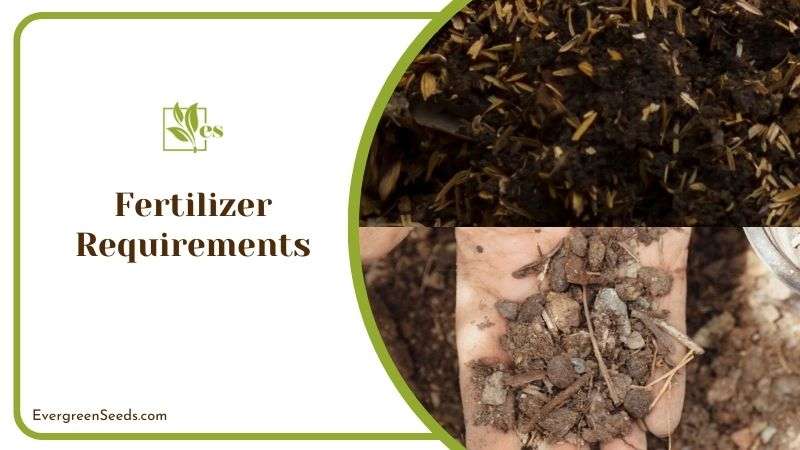
You can also skip the fertilizer when the blooms aren’t in season. When it is blooming, provide it with liquid fertilizer. Before applying the fertilizer, make sure that you water your plants to prevent them from injuring the roots.
Use soluble fertilizer when it is blooming, something rich in phosphorus as this promotes blooming while helping plants produce fruit. Go for fertilizers that have a 15:30:15 ratio.
– Potting and Repotting
You should always keep your plants in a pot that has an adequate number of draining holes underneath. Compared to other plants, this one likes being rootbound, so you won’t have to repot it too often. It’s advantageous for the roots to completely fill your pot before repotting.
Once you need to transplant or repot the plant, be very careful and gentle to avoid damaging it. Remove your plant from its current pot, setting it in another container that is filled with soil. Gently add more potting soil around its roots, then press it down to compact the soil.
When you repot your plant, it will boost soil nutrients while allowing better aeration on your soil. If you see that your plant has loose soil, don’t repot your Elatior Begonia just yet. Furthermore, do not place your plant in a pot that’s too big for its size, as this would allow the soil to give your plant TOO much nutrients and water, which can result in it wilting.
 Pruning
Pruning
Pruning is recommended with these plants!
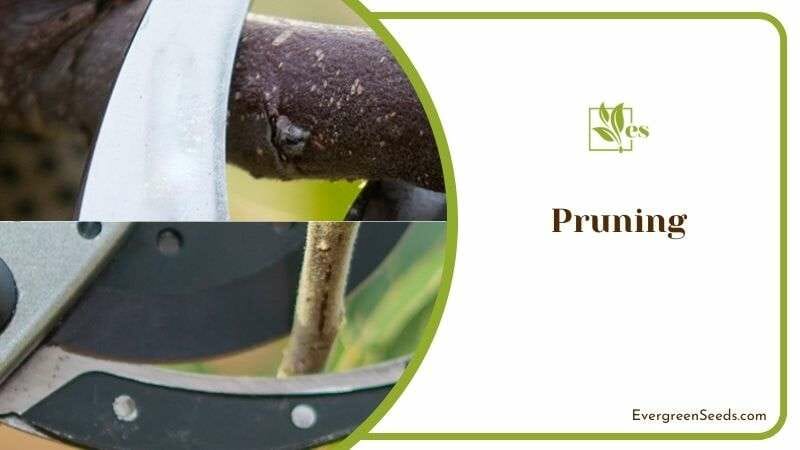
Deadhead the plant’s flowers when needed. You should also cut your plant back to about 2-4 inches in height so you can encourage a better Elatior Begonia growth rate.
Make sure that you prune your plant after blooming has finished, encouraging new blooms regularly. This is a great time to propagate its stem cuttings to grow new plants if you choose to.
Besides trimming and removing dead flowers, along with keeping the plant short for producing new shoots, you won’t need to spend too much time grooming and pruning it.
“You can place the Elatior Begonia plant by the window or sill or in hanging baskets for its decoration and strategic location. Just make sure that your Begonia Plant gets enough light and air.”
Elatior Begonia Propagation
As mentioned, when you prune your Elatior Begonia, you’ll want to cut one or two stems and leaves for propagation. To do this, simply cut a 3-4 inch section of the stem or leaves from your mother plant.
If you plan to use stem cuttings, dip the cutting in rooting powder, then plant it in soft soil like a sand and peat mixture. You can also put your cutting in water, planting it in quality soil after the roots grow. Be sure that the stem or leaf cutting is in an area where the temperature remains 72 degrees F, and that it is not under direct sunlight. You can cover it with a plastic bag that has a few holes to improve its ventilation.
You can plant stem cutting in the pot of the mother plant, as long as there is at least an inch free for root growth. Your stem cutting needs to be around 3 inches long and cut under one pair of leaves. If there isn’t then you should start the cuttings in small seedling cups, transplanting them to a bigger pot when they grow and become root-bound.
If you plan to use leaves, you can plant them directly in a pot with quality soil. You can use leaf sections or an entire leaf, depending on how many plants you want to grow. When using sections, cut the leaves in the section for planting and make sure that every section will have a portion of its main vein before planting.
Once the roots form on either method, you will now be able to place the plant in a small pot. Expect the first blooms to arrive after around 4 months.
Propagating your plant from a stem cutting is easier compared to starting them from seeds. While you can harvest your own seeds, it may be better to purchase a plant instead. This is because seeds can be tougher to work with since they are challenging to harvest.
If you choose to use seed, take note that growth would be slow in the beginning. You’ll want to start the seed earlier in the growing season, like between January to February. Just be sure that you place them in a sunny room or under a grow light as they grow.
Elatior Begonia Problems
There may be a few problems you will encounter with the Elatior Begonia. Here are things you need to be prepared for:
1. Pests
Similar to other begonia plants, the Elatior Begonia isn’t susceptible to a lot of pests. However, it’s still important to check the stem’s joints now and then to see any soft, cottony masses.
Such masses will indicate that mealy worms are around! Fortunately, it is easy to treat. Other common pests include spider mites and scale insects, which cause your leaves to have dark, tiny spots.
You may also see whiteflies. These pests would suck the sap out from the plant’s fleshy parts, excreting honeydew that sticks to the leaves. This would cause black mold to form.
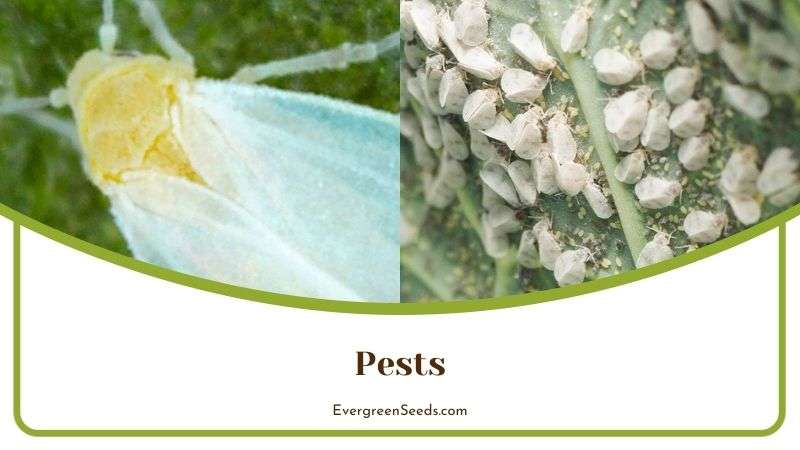
To treat, make a soap and water mixture, which you will apply on the leaves and stems. You can also use neem oil instead, wiping it directly on the leaves and stems. Another solution is to wipe off affected areas with a cotton swab and isopropyl alcohol, which is best used when dealing with mealybugs.
After applying the insecticidal soap or neem oil, do NOT leave your leaves wet. This would cause powdery mildew.
2. Powdery Mildew
Powdery mildew is a common problem with these plants, and it may be due to poor air circulation. Fortunately, it is easy to identify if your plant has powdery mildew as it has distinctive symptoms. You will see that your leaves and stems have white, powdery spots.
What you can do to treat this disease is to spray potassium bicarbonate on plants, a contact fungicide that can kill powdery mildew spores in time. However, mild cases might be able to go away by themselves without intervention, though you may need to improve its growing environment as needed.
Besides this, keep its soil damp during the growing season, but avoid watering the foliage as this would promote mildew.


